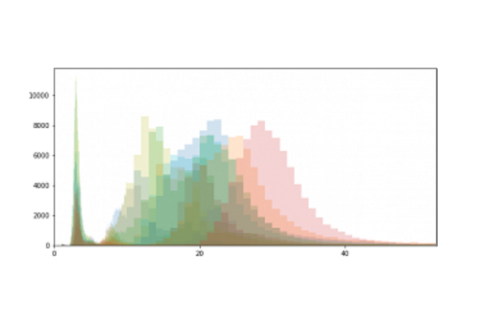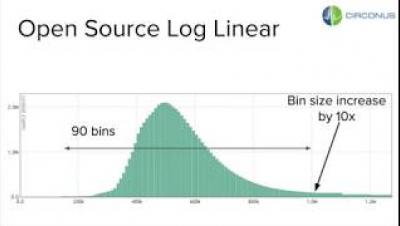Less Toil, More Coil - Telemetry Analysis with Python
This was a frequent request we were hearing from many customers: "How can I analyze my data with Python?" The Python Data Science toolchain (Jupyter/NumPy/pandas) offers a wide spectrum of advanced data analytics capabilities. Therefore, seamless integration with this environment is important for our customers who want to make use of those tools.






